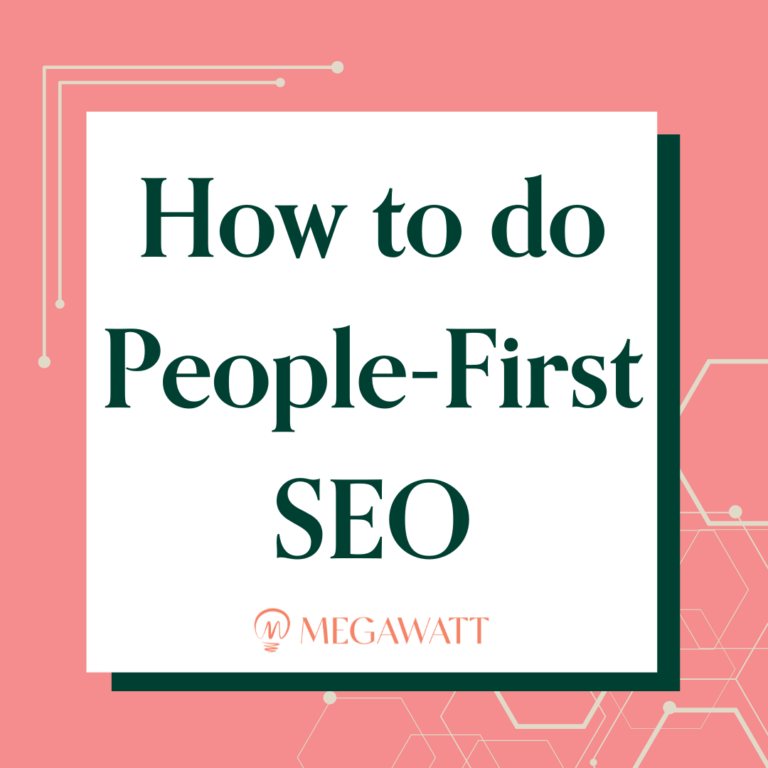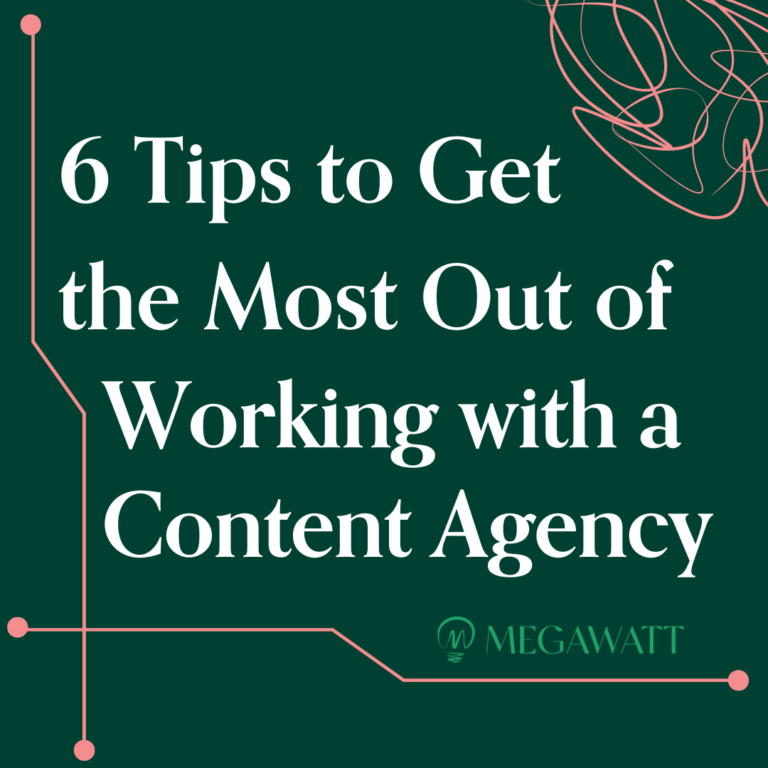Content marketing requires a lot of time, effort, and expertise — but it pays off in spades when done well.
The key to establishing ROI from your content marketing program is understanding the difference between promotion and distribution.
How can you ensure that quality content is delivered to your ideal audience? Read on to learn why B2B content distribution tops promotion every time.
What is a B2B Distribution Strategy?
An effective B2B distribution strategy delivers targeted content to audiences that already expect it on a developed marketing channel. This is different from content promotion, a strategy in which you blast general content to a broad group of people (typically through advertising) in an attempt to maximize views. The benefit of distribution over promotion is the use of a “developed marketing channel.” This provides you with an ongoing place to connect with your target audience instead of having to work to find those people each time you have a new piece of content to share.
B2B distribution may look like:
- Sharing a link to a new e-book or video within your regularly scheduled email newsletter.
- Updating your LinkedIn feed when you publish a new blog.
- Sharing your most recent podcast episode with subscribers.
Distribution is an important part of any solid B2B marketing plan. Because content is shared with a developed group of target audience members, B2B distribution strategies are built for readers who are much more likely to convert. Potential customers may be at any stage of the buyer’s journey so it’s important to create content that’s relevant for every part of the marketing funnel. Examples of content types used for B2B distribution strategies include blog posts, newsletters, video content, infographics, case studies, webinars, and more. Distribution channels may include organic search, email, paid media, and social media platforms like LinkedIn.
3 Types of B2B Content Distribution Strategies
The three main types of strategies to distribute your content are owned, earned, and paid:
- Paid media: Content you pay for, which is usually ads, sponsored material, or press releases, and can be online (Google Ads, Facebook Ads) or offline (print ads, TV ads).
- Owned media: Content you create and own, like your company website or your social media posts. This can also be content you created on your own to boost search engine optimization (SEO).
- Earned media: Content other people write about you, like reviews or shares of your posts (aka word-of-mouth marketing).
Content Distribution Strategy Best Practices
You should alter your distribution techniques depending on where your content sits in the marketing funnel. Let’s take a look at top-of-funnel (TOFU) and middle- and bottom-of-funnel (MOFU/BOFU) best practices.
4 TOFU Distribution Best Practices
The best way to distribute top-of-funnel content to your target audience is through search. To strengthen your SEO, you can:
- Audit your website for indexing problems, slow-loading pages, broken links, and other technical SEO issues.
- Build backlinks from third-party websites and increase the number of internal links within your website.
- Refresh old content that previously earned traffic via search but has since fallen off.
- Embrace a more SEO-centric content strategy that is largely driven by keyword research and content optimization to earn traffic via search.
4 MOFU/BOFU Distribution Best Practices
There is no one-size-fits-all approach to distributing middle- and bottom-of-funnel content, but a few best practices include:
- Target long-tail keywords that ask/answer “What are the most specific, urgent pain points that our product or service solves?” and build internal links to these pieces:
- Segment out your email subscribers who have previously clicked on educational or product-related content and send new MOFU/BOFU content to them because they have proven they are interested in the details of what your product/service does.
- Meet with the sales team to see if new content can be included in their emails, whether automated or manual.
- Use forums and Q&A sites, such as Quora and Reddit, to post your content where people are already talking about the problems that your product solves.
Related Content: B2B Content Marketing: 3 Categories of Content for Your Marketing Funnel
What is Effective Content Promotion?
As discussed earlier, content promotion is more about blasting content to a broad audience.
Content promotion is accomplished through advertising or posting your marketing materials to undeveloped marketing channels — picture an inactive social media account or an infrequently updated blog. This method doesn’t involve targeting or personalization.
However, content promotion is still useful and effective in some circumstances. Promotion is important when you’re trying to establish a channel, reach new audiences, or grow brand awareness.
Effective content promotion may look like:
- Advertising an e-book via a LinkedIn lead generation campaign.
- Spreading the word about your podcast by appearing as a guest speaker on another podcast.
- Sharing videos via a YouTube ad campaign.
4 Reasons Why a B2B Distribution Strategy Trumps Promotion Every Time
A B2B distribution strategy tops promotion efforts — every time. A good distribution strategy gets your content in front of the right people, improves customer satisfaction, helps nurture leads, and provides more long-term ROI.
1. Get Content to the Right People
While promotion allows you to share your message with a wide audience, a B2B marketing plan focused on distribution enables you to segment your audience down into buyer personas and deliver personalized messages to each cohort. You can create case studies, blog posts, or other content built for search engine optimization that specifically reference the cohort’s interests or needs, or segment audiences and create specific content based on where they are in the marketing funnel.
Say your company provides a data analytics platform used by customers in a variety of different verticals (retail, healthcare, financial services). With a distribution strategy — via a developed email newsletter, for example — you can segment subscribers into groups and only share vertical-specific content with the email list for which it’s relevant. This provides you with a better ROI on your content investment. With all of the effort you put into creating great content, you want to make sure that content goes to a relevant audience.
2. Improve Your Levels of Customer Satisfaction
Content distribution also allows you to effectively reach target audiences based on where they are in the buyers journey or marketing funnel. Whether you choose to share product updates or industry insights, distributing applicable content helps B2B buyers make well-informed decisions when selecting products and helps existing customers overcome issues or barriers that prevent them from getting the most out of your product or solution. This can look as simple as creating blog posts that differentiate between product offerings and sharing them on your LinkedIn feed, or as complex as a video series demonstrating specific product features shared via your newsletter.
With effective content distribution, customers feel more satisfied with their purchases, as they have a higher level of familiarity with the product they’ve bought and have a better understanding of the results they can achieve.
3. Nurture Leads
While promotion may introduce people to your organization, it’s distribution that helps guide potential customers further down the marketing funnel. A qualified B2B business target may need more convincing before making a purchase. Hone in your marketing efforts and develop content relevant to the phase of the buyers journey in which the prospect lives. Make sure each piece highlights how your product or services can help satisfy customer pain points.
For example, if an organization has longer sales cycles, learn nurturing efforts from content distribution can help offset the time it takes to close a deal. Deploy blog posts to bring attention to certain pain points your products and services can help alleviate, so your prospects are primed with that information before they even jump on a sales call. Use case studies to highlight the results current customers have seen while working with your company, creating a sense of urgency and excitement that helps close deals faster.
4. Achieve Long-Term ROI
B2B content distribution offers a more cost-effective approach than content promotion. While content promotion relies heavily on paid advertising, content distribution leverages owned channels to reach and nurture your potential customers.
Choosing a distribution strategy over promotion can yield long-term benefits independent of paid advertising budgets. Teams can deploy distribution strategies regardless of budget constraints, making B2B distribution a more sustainable and cost-effective marketing approach.
For example, pretend your company had to cut its marketing budget because the organization didn’t meet its numbers one quarter. If you rely solely on paid promotion, that means your content views will be significantly impacted for the foreseeable future. But if you’ve invested in nurturing a loyal, organic audience within a developed marketing channel — like your blog — you wouldn’t see such a significant impact.
How Megawatt Uses B2B Distribution Strategies
At Megawatt, we use a combination of promotion and distribution strategies to reach our audience. One of our favorite distribution channels is our weekly Dear Wattson newsletter.
Each edition of Dear Wattson answers a reader-submitted question about the challenges of B2B marketing, from how to know when to hire an agency to how big of a role AI should play in content production. We’ve cultivated a subscriber list of marketing professionals at technology companies — the primary target audience for our services — who have come to expect the content in their inbox every Friday. This consistency has created loyalty and sustained interest, as we regularly see open rates in the 20-30% range.
Dear Wattson has become a preferred channel to promote our newest blog content. It allows us to get that content in front of a highly-qualified (and already highly-engaged) audience of potential customers.
Getting started with distribution strategies
Creating an effective B2B marketing strategy requires time, patience, and occasionally a tear or two, but all of the energy pays off when you see the results. However, if you just want an expert B2B content marketing agency to do the hard work for you, click the box below 👇






